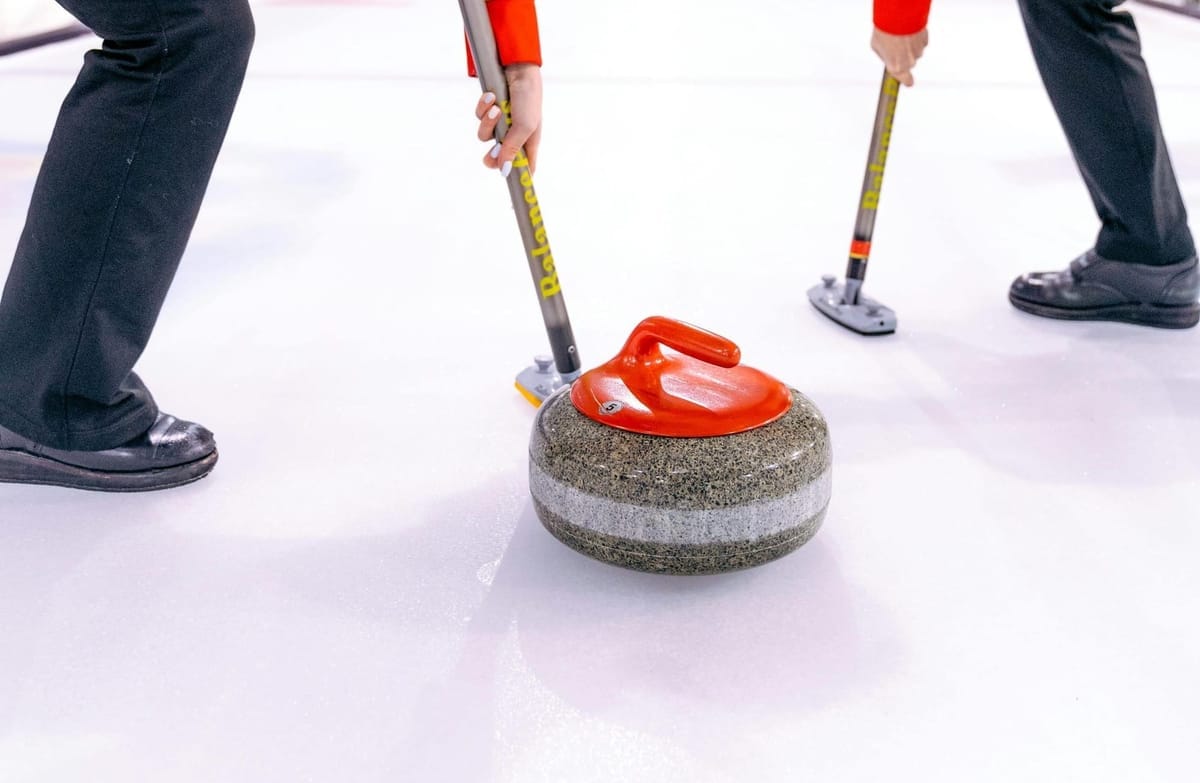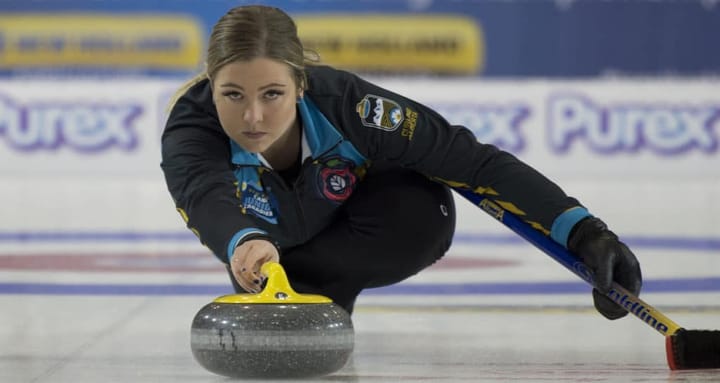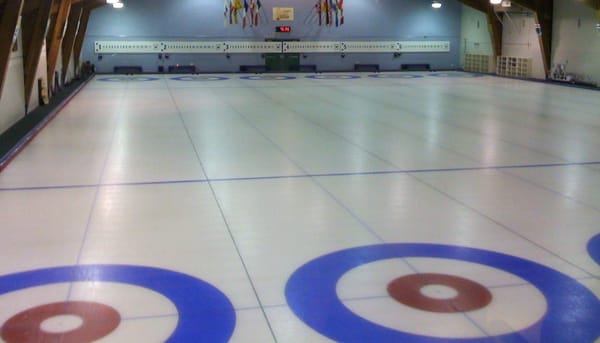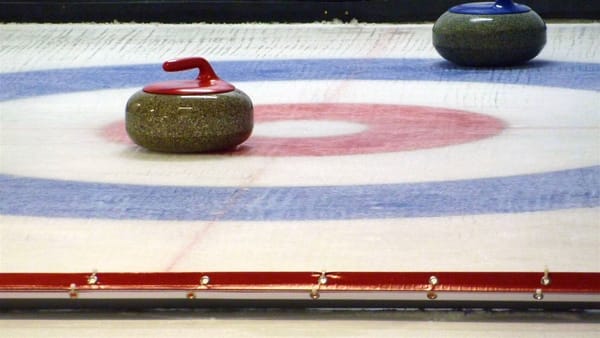Sweeping: Science and Technique

Sweeping is a fundamental aspect of curling that significantly influences the distance and trajectory of a curling stone. This article explores the science behind sweeping, its purpose, techniques, and advanced strategies used by skilled curlers.
Purpose of Sweeping
The primary aim of sweeping is to modify the ice surface in front of the moving stone, ultimately impacting its path. Sweeping achieves this through several mechanisms:
-
Increases Distance: By creating friction, sweeping momentarily melts a thin layer of ice, resulting in a slicker surface. This reduces friction, allowing the stone to travel farther, although it doesn’t increase the stone’s speed.
-
Straightens Trajectory: Sweeping minimizes the friction on both sides of the stone’s running surface, reducing the differential friction that causes the stone to curl. This results in a straighter path.
-
Directional Sweeping: Experienced curlers can manipulate the curl by sweeping strategically on one side of the stone. This technique involves creating scratches on the ice that the stone tracks along, effectively increasing or decreasing the curl.
-
Cleaning: Sweeping also clears debris from the ice, preventing the stone from being deflected off course, a phenomenon known as "picking."
Sweeping Mechanics
Effective sweeping combines both pressure and speed. Here’s a breakdown of the recommended technique:
-
Stance: The sweeper should adopt a 45-degree angle to the stone's path, facing both the stone and the skip. An open stance, with the inside arm down, is optimal.
-
Grip: The lower hand should grip the broom halfway down or slightly lower for support, while the upper hand maintains an underhand grip near the top of the broom.
-
Broom Motion: The broom should move in vigorous, short strokes that cover an area slightly wider than the stone’s running surface, with an ideal stroke rate of 2-4 strokes per second.
-
Footwork: Sweepers should use a skating motion, keeping their back flat and weight over the broom head to ensure maximum pressure and balance. Avoid walking backward or crossing legs while sweeping to prevent falls.
-
Team Sweeping: Two sweepers working in tandem can maximize effectiveness, allowing for continuous sweeping and reducing cool-down time between strokes.
Judging Weight and Communication
Sweepers are vital in assessing the weight of the thrown stone and communicating that information to the skip. This communication helps the skip make informed decisions about line calls and strategy.
-
Weight Judgement: Experienced sweepers develop a keen sense of weight judgement, using visual cues and a number system to predict the stone's stopping point.
-
Number System: This system assigns numbers to zones on the ice where sweepers anticipate the stone will stop, aiding the skip in deciding when to call for sweeping or adjust strategies.
-
Split Times: Using stopwatches, sweepers can measure split times—how long it takes the stone to travel between two points—providing precise assessments of weight, especially on changing ice conditions.
Choosing Sweeping Equipment
The type of broom used can significantly affect sweeping effectiveness. Synthetic brooms with high-friction fabric are standard as they polish the ice and reduce friction, but they can wear down the pebble, affecting the stone’s curl.
-
Handles: Carbon fiber handles are lighter than traditional fiberglass, allowing for increased speed and reduced fatigue, though they come at a higher price.
-
Swivel vs. Fixed Heads: Swivel-head brooms maintain maximum contact with the ice, while fixed-head brooms allow for differential pressure application, beneficial for directional sweeping.
Advanced Sweeping Techniques
Advanced teams often employ techniques to further influence the stone's trajectory:
-
Corner Sweeping: This technique involves sweeping one side of the stone’s running surface to manipulate curl, straightening a takeout or increasing a draw's curl.
-
Directional Sweeping: By creating specific scratches on the ice with the broom’s forward stroke, curlers can influence the stone's curl, especially effective with non-compliant broom heads.
Conclusion
Sweeping in curling is a complex skill that blends physical exertion, scientific principles, and strategic communication. By mastering the mechanics of sweeping and understanding the factors that influence its effectiveness, curlers can enhance their performance and achieve greater control over the stone's path.



